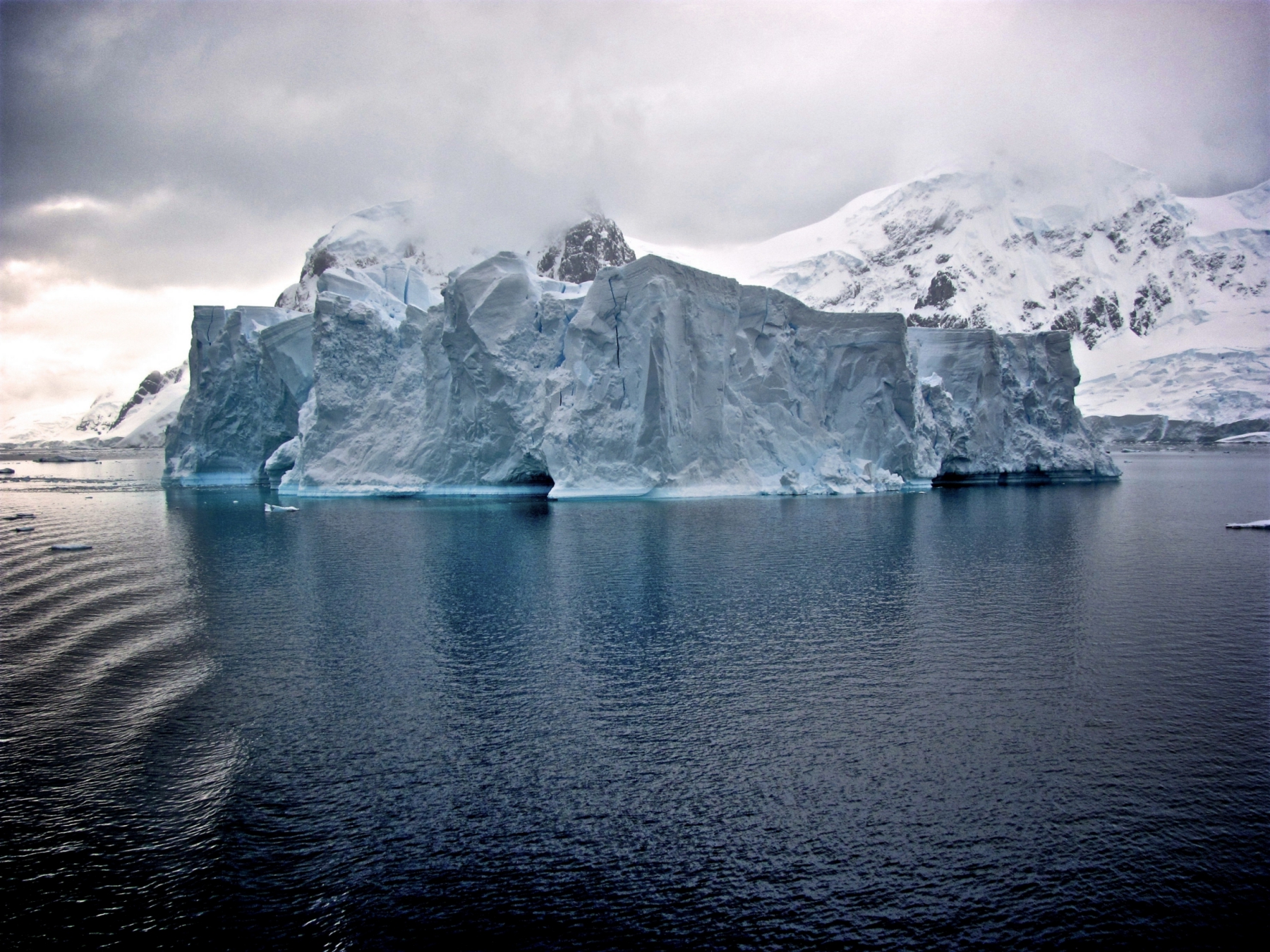The Singapore Series on Sea-Level Rise, a special blog series by four Masters students from the University of Melbourne.
We know human-induced climate change is real. It is happening across the world because of rising concentrations of greenhouse gas emissions in the atmosphere.
Sometimes it is hard to know if the climate is changing if you are isolated from many of its effects. However, countless populations are already exposed to the impacts of climate change, which include: warming temperatures, changing rainfall, increased droughts and wildfires, decline in agricultural yield, more flooding, and many other consequences.
Although Singapore is not presently in a climate crisis, the effects are not far away. Other than extreme temperatures, one of the most damaging impacts climate change will pose to the low-lying island nation of Singapore is rising sea levels.
HOW does this happen? WHY is Singapore particularly vulnerable to sea-level rise? WHEN will this occur? WHAT will this mean for everyone in the nation?
This special series on sea-level rise will aim to answer many of these questions and provide you with the knowledge to make informed choices on how to tackle climate change.

HOW?
Over the past hundreds of thousands of years, sea-level has varied a lot and, at times, was much lower than it is today.
What’s the big deal then? The RATE that sea-level is rising and the MAGNITUDE of it too.
Today, we are faced with a climate that is warming at an extraordinary speed due to human activities and if it keeps up then the magnitude of consequences for Earth and its inhabitants will be far, far greater than what would have occurred without all the extra greenhouse gas emissions.
During your week, you probably have taken part in activities that do lead to and accelerate the warming of our temperatures.
Turning on your lights, driving a car, having a hot shower, producing large amounts of waste – all of these actions release a great amount of greenhouse gas pollution into the air, causing the global mean temperatures to increase at record rates.

Sea-level rise is caused by two main factors connected to global warming:
- Expanding water (thermosteric expansion):
As temperatures rise, the water expands, similar to how the water level rises just before it begins to boil in a pot. To date, this process is accountable for one third of sea-level rise.
- Melting ice sheets and mountain glaciers:
As temperatures rise, the warming of the oceans and atmosphere leads to melting ice sheets. Future climate change projections show that the melting of ice sheets will be the primary cause of sea-level rise. When they melt, it is basically irreversible and the consequences will be damaging for many populations across the world, including Singapore.

Did you know that Singapore is extremely sensitive to the future of the Antarctic ice sheet?
WHY?
When the Antarctic ice sheet melts, sea level within 100km of the ice sheet will actually fall. As the ice melts, its overall mass decreases, also reducing the gravitational attraction between it and the ocean. This means that sea level decreases in the immediate vicinity of the ice sheet.
However, at certain locations outside of the 100km, sea level will actually rise at an abnormal rate when the ice sheet melts. These locations are known as tropical hotspots and Singapore is one of them.
WHEN?
Even though there is no doubt that sea-level rise is occurring today, there is still uncertainty surrounding future projections.
Firstly, scientists are unsure of how stable the Antarctic ice sheet really is. If unstable, rising temperatures may trigger its collapse which could lead to a serious rise in sea levels.
Secondly, scientists don’t know whether humanity will continue emitting high amounts of greenhouse gas pollution, or if we will behave in a way that reduces our carbon footprint. They have, therefore, calculated three projections of future sea-level rise with an estimation of how much sea-level will increase for each scenario:
(Note: these projections are specifically for Singapore for the year 2100)
- High emission pathway with continued growth of CO2 emissions will lead to approximately 1.5 m sea-level rise.
- Moderate emission pathway with stabilised emissions will lead to approximately 0.9 m sea-level rise.
- Low emission pathway consistent with the Paris Agreement goal of net zero CO2 emissions will lead to approximately 0.6 m sea-level rise.
If climate action is not taken today, in 2040-2050 the rate and magnitude of sea-level rise are going to accelerate, impacting Singapore in countless ways.
WHAT?
In the following blogs we will talk about WHAT the effects of sea-level rise will mean for Singaporeans.